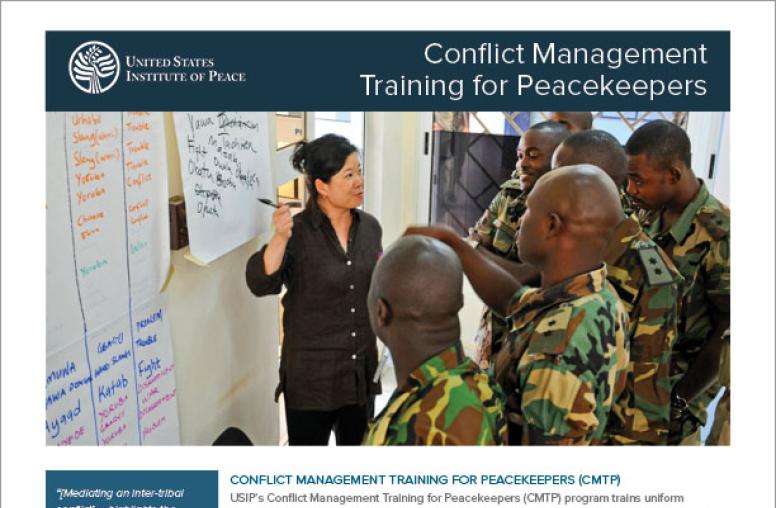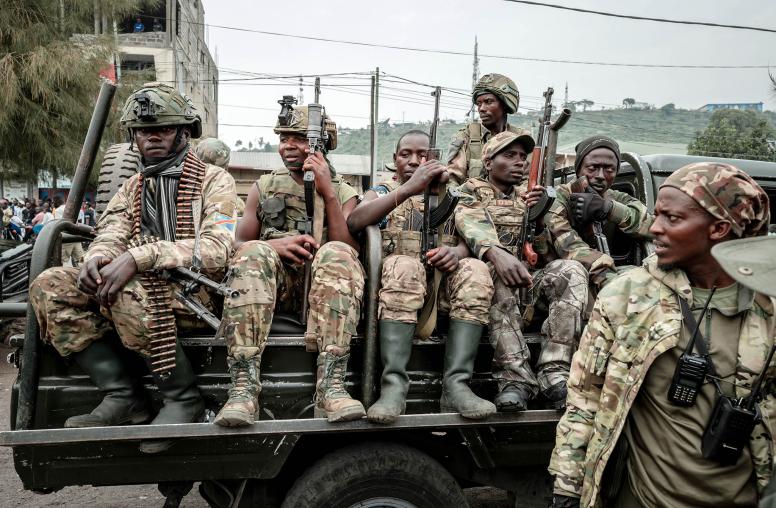Built for Trust, Not for Conflict: ASEAN Faces the Future
In the more than five decades since the founding of the Association of Southeast Asian Nations, relations among its member states have remained generally peaceful, and major interstate conflict has been all but eliminated. Yet, ASEAN now faces significant challenges, not least from competition between the United States and China that threatens to draw individual ASEAN countries into taking sides. This report discusses ASEAN’s role in maintaining peace and stability in Southeast Asia and how it can adapt to a rapidly evolving geopolitical climate to meet future challenges.

Summary
- ASEAN was designed as a trust-building mechanism for its members rather than as a platform for mediating disputes.
- Historically, ASEAN has been able to minimize interstate conflict because of an adherence to the principles of consensus, non-interference, and the peaceful resolution of disputes. Its many meetings and informal social gatherings build interpersonal trust, enabling many disputes to be settled without resort to formal legal mechanisms.
- This emphasis, however, prevents it from effectively intervening in intrastate conflicts considered domestic issues. Nor is it equipped to handle interstate disagreements that cannot be solved on the sidelines of meetings.
- Pressure on ASEAN to reform its structure and culture comes from the changing security dynamic and the influence of external actors in the region, particularly China and the United States.
- One of the most pressing issues for consideration is the continued relevance and feasibility of ASEAN’s principle of consensus-based decision making in light of the emerging challenges presented by increasing U.S.-China competition.
About the Report
This report examines the evolving role that ASEAN has played in maintaining peace and stability in Southeast Asia. It is the outcome of a joint collaboration between the Centre on Asia and Globalisation at the Lee Kuan Yew School of Public Policy, National University of Singapore, and the United States Institute of Peace.
About the Authors
Drew Thompson is a visiting senior research fellow at the Lee Kuan Yew School of Public Policy, National University of Singapore. He was formerly the director for China, Taiwan, and Mongolia at the U.S. Department of Defense from 2011 to 2018. Byron Chong is a research associate at the Centre on Asia and Globalisation at the Lee Kuan Yew School of Public Policy, National University of Singapore.


